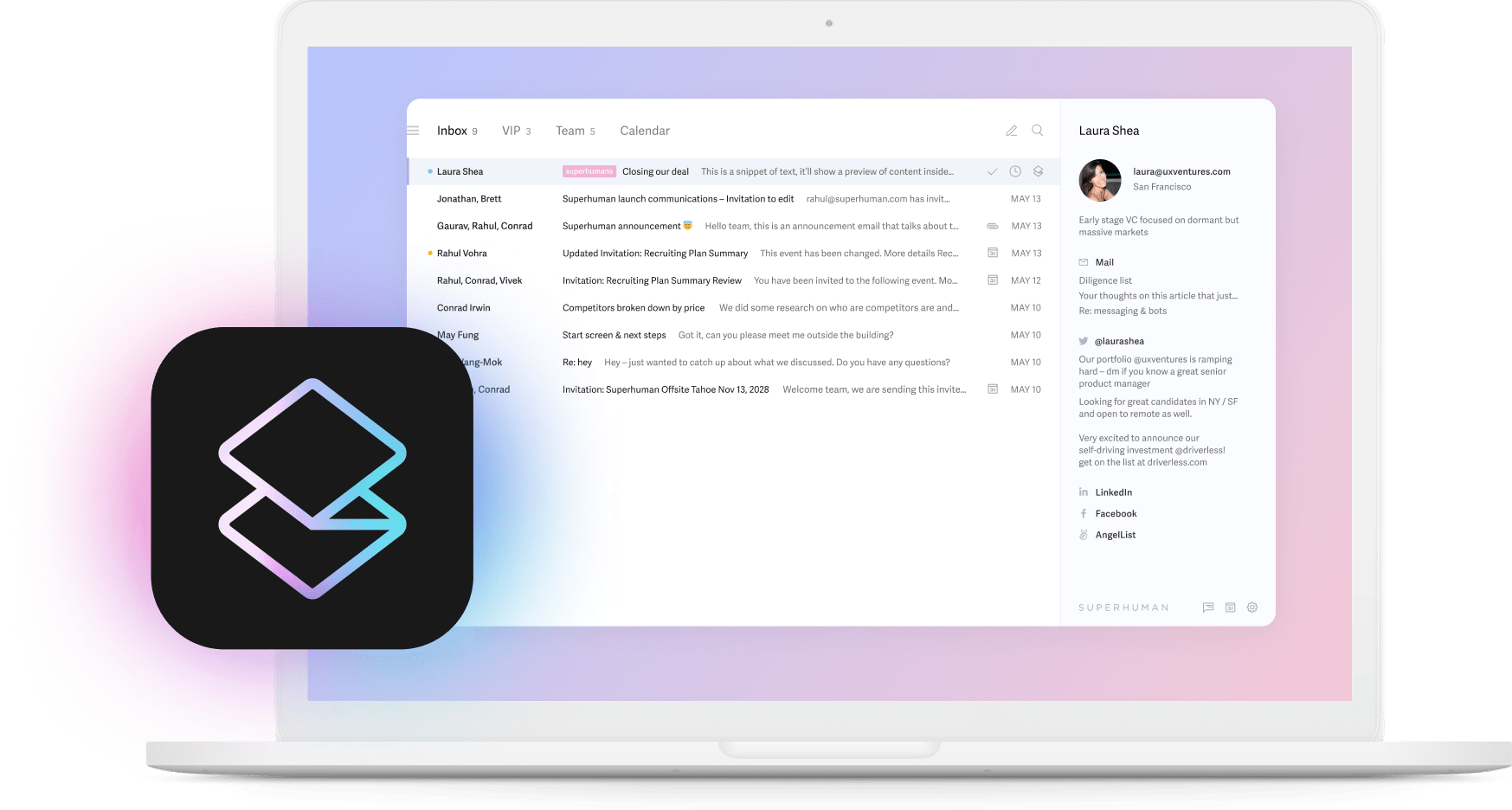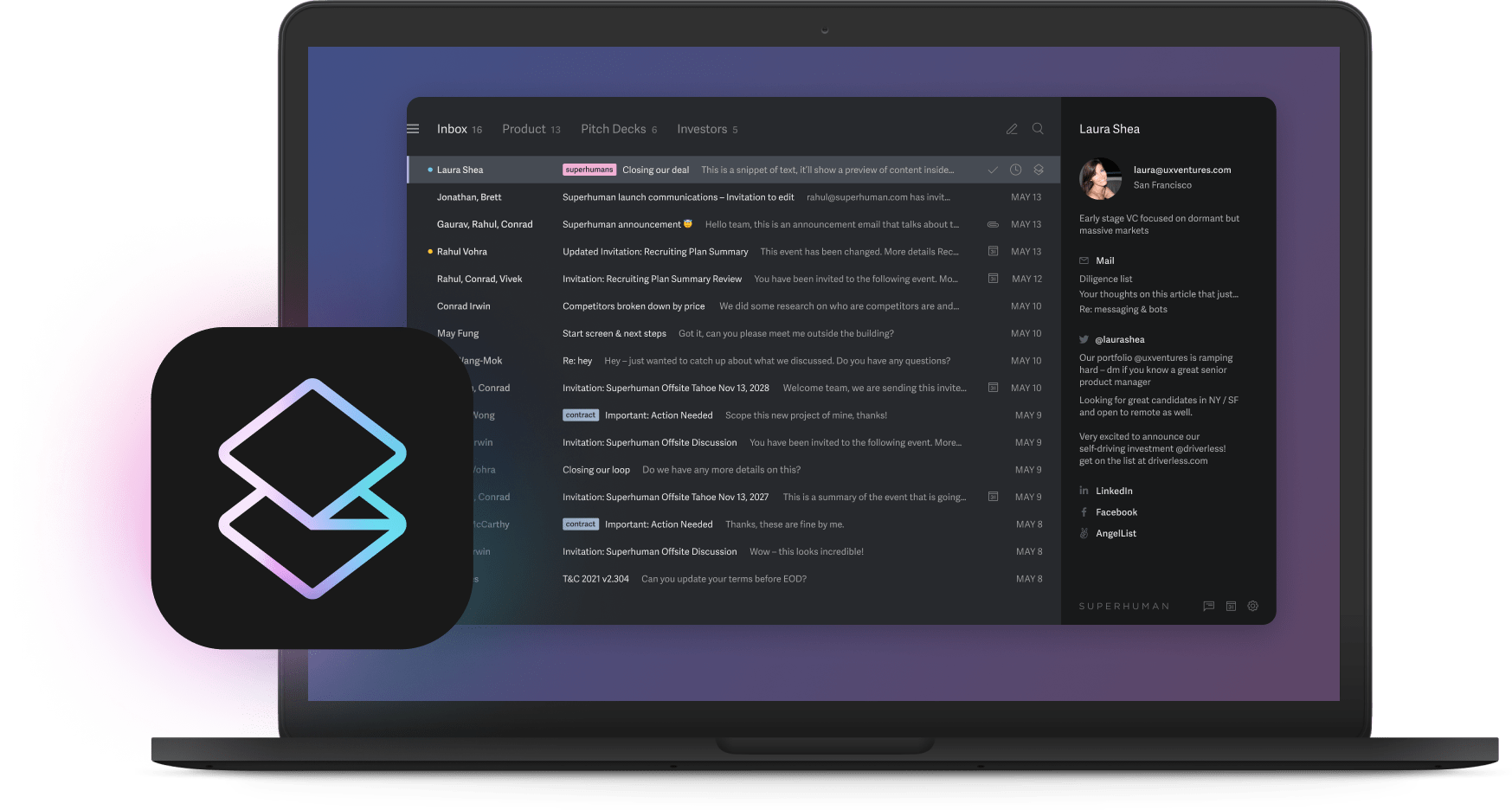
Drowning in email? Imagine ghostwrite AI that handles your inbox in your unique voice.
These smart assistants study your writing style and craft messages that sound exactly like you wrote them. They analyze your existing email to build a personalized profile, making every automated response feel authentically yours.
This solves the "robot factor" problem. With contextual awareness built in, these assistants adapt to different scenarios, from formal proposals to team check-ins. You focus on strategic decisions while your AI partner handles the communication heavy lifting.
Understanding AI writing assistants
AI writing assistants use artificial intelligence to create, refine, and optimize written content. These systems analyze vast amounts of text data to understand language patterns, contextual meanings, and writing styles, enabling them to generate relevant content and offer improvements.
At their core, AI writing assistants process inputs through large language models trained on diverse text datasets. When given a prompt or existing text, these systems can:
- Generate new content from scratch (see our AI email generator guide for tips on effective usage)
- Rewrite or rephrase existing passages
- Correct grammatical and spelling errors
- Adjust writing tone for specific audiences
- Ensure consistency throughout longer documents
Recent advances in transformer models and deep learning have significantly enhanced their ability to understand context and generate human-like text. This evolution accelerated dramatically with systems like OpenAI's ChatGPT in late 2022, which showcased the capabilities of generative AI in communication.
What are AI writing assistants?
AI writing tools range from comprehensive platforms that draft complete documents to specialized apps focusing on specific tasks like grammar checking or content optimization. They all process language in ways that mimic human understanding.
These tools function by predicting the most likely next word in a sequence, creating coherent text that follows linguistic patterns from their training data. Advanced systems maintain consistent brand voice across different content pieces and adapt writing styles for various audiences & purposes. For practical applications in email writing, explore our AI email writing guide.
Tailored to your needs
Modern ghostwriting AI assistants offer increasing levels of customization that tailor output to your specific needs:
- Writing style & tone adjustments: You can direct AI tools to produce content in professional, academic, conversational, or other tones depending on your audience.
- Personal learning: Advanced AI writing assistants learn from your feedback and writing patterns, gradually adapting to your preferred style and terminology.
- Industry-specific knowledge: Many tools offer specialized versions trained on industry-specific content, providing more relevant outputs for fields like healthcare, legal, technical writing, or marketing. This is particularly valuable for crafting personalized email campaigns tailored to your target audience.
We're seeing the emergence of multimodal AI systems that combine text, image, and voice capabilities to create more comprehensive content creation workflows. These advances are transforming how we approach writing tasks, enabling more efficient workflows across various platforms.
Customization & personalization
Here's the thing about ghostwrite AI assistants: they actually adapt to your individual writing style. By customizing these tools, you can ensure they reflect your unique voice rather than producing generic content that feels fake.
Training AI with your writing samples
To make AI truly work for you, provide it with samples of your previous writing. This allows the AI to learn your specific vocabulary, sentence structure, tone, and linguistic nuances.
When you feed the AI with examples of your work, you're creating a digital representation of your writing fingerprint. The more samples you provide, the more accurately the AI can mirror your style.
This is particularly valuable for maintaining brand voice consistency across teams or ensuring your personal communications remain distinctly "you."
Maintaining control over AI-generated content
While AI can be immensely helpful, maintaining control over your writing is crucial for authentic communication. You need to view AI as a collaborative tool rather than a replacement for your own creativity.
Finding the right balance between authenticity and automation requires you to critically evaluate AI suggestions, modifying or rejecting them when they don't align with your intentions.
Remember that you should always have the final say in how your message is conveyed. Even the most sophisticated AI can't fully understand the nuances of your relationship with your audience or the specific context of your communication.
Adjusting settings for optimal results
Most modern AI writing assistants offer customizable settings that allow you to adjust the level of:
- Formality: From casual and conversational to highly professional
- Clarity: Balancing simplicity with sophisticated expression
- Creativity: Determining how inventive or conventional the suggestions should be
These adjustments help you find the perfect balance between your natural voice and the assistance provided by AI. Many tools allow you to include specific tone instructions in prompts, such as "Reply and make it friendlier, but keep it professional" or "Rephrase with a more formal tone," giving you precise control over your communication style.
The role of AI in email communication
When it comes to AI email assistants, what really matters is how they transform your inbox experience. These tools use natural language processing and machine learning to completely change how you manage digital messages.
Benefits of AI in email management
The impact of AI on email efficiency is significant and measurable. 49.5% of email marketers see a positive impact on overall automation efficiency. This productivity boost comes through several key capabilities offered by AI email assistants:
- Drafting responses: AI assistants can analyze incoming messages and generate contextually relevant replies, saving you from starting with a blank page. 85% of Copilot users get to a good first draft faster, with AI tools potentially reducing email drafting time by over 50%.
- Organizing inboxes: AI transforms cluttered inbox into organized hubs by automatically categorizing, tagging, and prioritizing email, exemplifying AI email automation. AI can identify which messages need immediate attention and which can wait, ensuring you focus on what matters most.
- Automating follow-ups: AI can track correspondence and remind you when responses are overdue, ensuring important conversations don't fall through the cracks. These systems can also automate email replies, such as routine acknowledgments and confirmations.
- Ensuring consistent messaging: AI maintains your brand voice across all communications by adapting to your writing style and tone preferences. This consistency strengthens brand identity and customer trust, particularly valuable for teams where multiple people handle communications.
The personalization capabilities of AI are especially powerful, as customers are 80% more likely to make a purchase when companies personalize their experience. For more insights into how AI enhances productivity and communication across various domains, explore these business applications of AI.
Potential challenges & considerations
Despite these benefits, AI email assistants have limitations that require careful consideration:
- Emotional intelligence gaps: AI struggles with emotional nuances in communications. This limitation is particularly problematic in sensitive customer situations or complex interpersonal dynamics where tone miscalibration could damage relationships.
- Decision-making limitations: While AI excels at organizing and interpreting data, it lacks the contextual understanding needed for high-stakes communications decisions. Human oversight remains essential for strategic correspondence.
- Crisis management weaknesses: During PR challenges or product launch issues, AI-generated responses may lack the tactful touch needed. These situations typically require human judgment and empathy.
- Accuracy concerns: AI can occasionally generate incorrect information (sometimes called "AI hallucinations"), which poses risks for factual accuracy in professional communications.
The bottom line? The most effective approach combines AI efficiency with human oversight, letting automation handle routine tasks while reserving human attention for complex, sensitive, or strategic communications that benefit from a personal touch.
Challenges & considerations
Want to know where most people go wrong with AI writing tools? They don't fully understand the limitations. While these tools are amazing, they have blind spots that you need to know about to use them effectively.
Emotional & cultural intelligence gaps
AI systems often miss unspoken cues that are vital in human communication.
Picture this scenario: an AI might generate a generic "Hope this email finds you well" to someone going through a personal crisis, potentially damaging your relationship. This limitation underscores why human oversight remains crucial in sensitive communications.
Accuracy & reliability concerns
AI occasionally produces inaccurate or misleading feedback, what experts call "hallucinations." These errors can misguide your content development if taken at face value.
It's essential to critically evaluate AI-generated content and verify it against reliable sources or personal knowledge.
People tend to over-rely on assistive technologies, a phenomenon known as cognitive offloading or automation bias. This overreliance can actually decrease overall productivity and compromise content quality if you aren't vigilant.
Addressing bias & maintaining authenticity
AI writing tools can unintentionally perpetuate biases present in their training data. These systems learn from existing content, which means they may replicate problematic patterns or perspectives without detection.
As a writer, you must remain aware of these tendencies and actively work to counter them in your editing process.
Your active participation in training AI through feedback is invaluable. By identifying biases, correcting inaccuracies, and refining AI outputs, you not only improve your immediate content but contribute to the development of more sophisticated AI systems.
Leveraging Superhuman for enhanced communication
Superhuman completely reimagines how teams communicate. It uses smart AI to help people cut through the noise and focus on what actually matters. Where most email tools just sit there waiting for you to do all the work, Superhuman actively helps teams move faster and stay in sync.
AI-powered inbox management
Superhuman strategically prioritizes your inbox, ensuring critical messages never slip through the cracks. This intelligent sorting directly impacts revenue opportunities and client satisfaction by enabling rapid responses to high-value communications.
The platform's AI capabilities deliver clear business outcomes:
- Superhuman AI: Assists in writing full email from simple phrases while maintaining your consistent personal tone by learning from your past communications.
- Split Inbox: Strategically structures your inbox by separating important email from less critical ones, helping you focus on messages from team members, important figures, or crucial tools like Google Docs and Asana.
- Realtime read statuses: Gain visibility when email are read and on which devices, allowing your team to time follow-ups perfectly and optimize outreach effectiveness.
- Snippets: Insert frequently used templates, automate replies, and share response patterns across your team for consistent brand communication.
- Instant Reply & Auto Summarize: Get draft replies directly in your inbox and see email threads summarized for quicker understanding and response.
- Social Insights: View social media information of contacts to personalize interactions and improve networking opportunities.
Advantages over other email platforms
What sets Superhuman apart from competitors like Gmail or Outlook is its focus on driving high performance across entire teams. The app's minimalist design combined with powerful keyboard shortcuts creates a seamless experience that saves measurable hours per user. These shortcuts facilitate navigation and productivity by helping users reach Inbox Zero efficiently.
Unlike other email apps that bolt on AI features as afterthoughts, Superhuman has AI integrated throughout its interface. The comprehensive approach means you don't just get smart replies, you get an entire system designed to directly impact business outcomes.
Superhuman excels at balancing AI-generated content with customizable templates. This hybrid approach allows you to combine the speed of AI with the precision of pre-crafted messaging, particularly valuable for maintaining consistent brand communication.
Practical applications
Different professionals benefit from Superhuman's capabilities in unique ways:
- Executives: Leadership can focus on strategic communications while the system ensures critical opportunities are never missed, significantly improving decision-making speed.
- Sales teams: The AI-powered composition helps craft personalized follow-ups at scale, directly impacting revenue opportunities through enhanced responsiveness.
- VC-backed startups: Fast-paced tech companies use Superhuman to maintain team alignment, optimize workflows, and consistently deliver high performance despite intense growth pressure.
- Professional services: Firms benefit from shared conversations & team comments, facilitating faster internal decision-making right from Superhuman and eliminating fragmented communication across multiple tools.
Conclusion
Ghostwriting AI assistants make communication faster and easier. They boost productivity, improve quality, save time, and spark creativity. From drafting to grammar fixes and style tips, these tools simplify writing. But they work best as collaborators, not replacements. Human input is key for authenticity, accuracy, and creativity, things AI can't fully replicate.
The trick is to use AI wisely as a way to enhance your writing without letting it take over. You stay in control, using it to refine your voice, not replace it. Whether it's email, content, or correspondence, AI helps you communicate better and faster. By balancing AI's strengths with your judgment, you'll create meaningful, impactful messages that truly connect with your audience.
Ask yourself this question: how could AI help me communicate more effectively while still keeping my authentic voice? The answer might transform your approach to professional communication.





